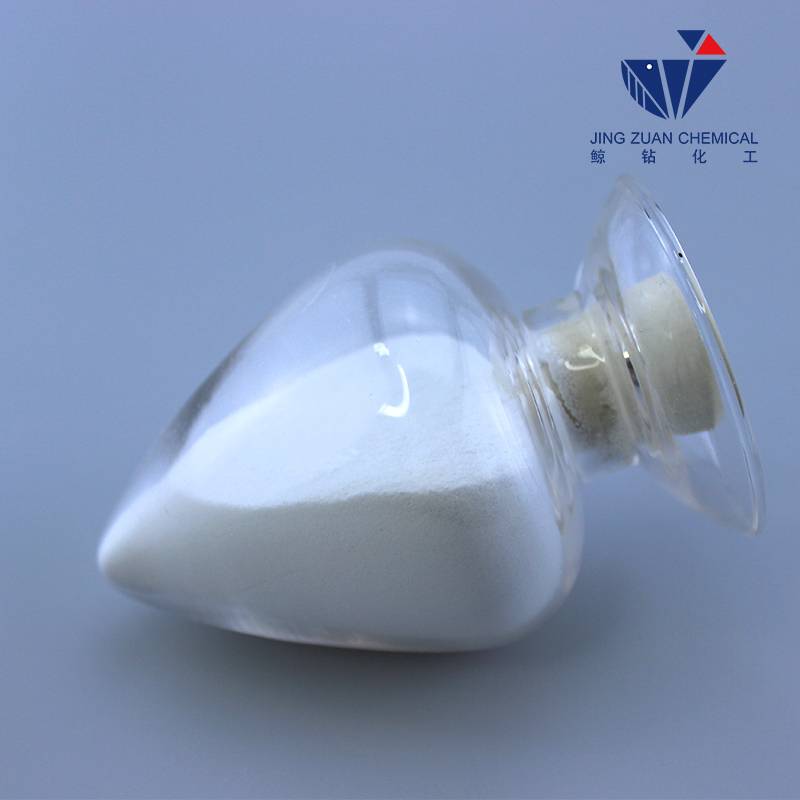
stu . 15, 2024 06:42 Back to list
hydroxypropyl methyl cellulose in supplements
Understanding Hydroxypropyl Methyl Cellulose in Dietary Supplements
Hydroxypropyl methyl cellulose (HPMC) is a versatile compound that has carved out a significant niche in the world of dietary supplements. This cellulose ether, derived from natural cellulose, boasts properties that make it an essential ingredient in various health products, enhancing their usability, stability, and effectiveness.
What is Hydroxypropyl Methyl Cellulose?
HPMC is a non-ionic, water-soluble polymer that is commonly used in pharmaceuticals, cosmetics, and food products. With its ability to form a gel-like substance when mixed with water, HPMC serves multiple functions it acts as a thickening agent, emulsifier, stabilizer, and film-forming agent. The modification of cellulose to create HPMC improves its solubility and functional characteristics, making it an attractive option for formulators in the supplement industry.
Key Roles in Supplements
1. Binding Agent In the production of tablets and capsules, HPMC acts as an effective binder, ensuring that the ingredients are tightly held together. This binding helps maintain the structural integrity of the supplement, preventing breakage during handling and transportation.
2. Controlled Release One of the innovative applications of HPMC is in controlled-release formulations. By modifying the viscosity of HPMC, manufacturers can create supplements that release active ingredients more gradually. This feature is particularly beneficial for nutrients that benefit from sustained delivery over time, enhancing their bioavailability and efficacy.
hydroxypropyl methyl cellulose in supplements

3. Stabilization Dietary supplements often contain sensitive components, such as vitamins, probiotics, and herbal extracts, which can be prone to degradation. HPMC acts as a stabilizer, protecting these ingredients from environmental factors such as moisture and heat, thereby prolonging shelf life and maintaining potency.
4. Improved Texture and Flowability HPMC is known for its excellent texture-enhancing capabilities. In powdered supplements, it can improve flowability and prevent clumping, resulting in a smoother mixing process during manufacturing. This characteristic is especially important in ensuring uniformity in dosages.
5. Vegetarian and Vegan Friendly As consumers increasingly seek plant-based alternatives, HPMC provides a solution that is suitable for vegetarian and vegan diets. Unlike gelatin, which is derived from animal sources, HPMC is wholly plant-based, making it a popular choice for capsule production among health-conscious consumers.
Safety and Regulations
HPMC is generally recognized as safe (GRAS) by the U.S. Food and Drug Administration (FDA), meaning that it is considered safe for consumption in food and dietary supplements when used appropriately. It is important for consumers to be aware of the sources of HPMC and to choose products from reputable manufacturers to ensure quality and safety.
Conclusion
Hydroxypropyl methyl cellulose is more than just a technical term; it represents a critical ingredient in the formulation of dietary supplements. Its multifunctional properties facilitate the creation of enhanced, stable, and effective health products. As the supplement industry continues to evolve, innovations involving HPMC are likely to play a prominent role, catering to the growing demand for high-quality, efficacious, and consumer-friendly products. Whether you are a manufacturer, a healthcare professional, or a conscientious consumer, understanding the benefits and roles of HPMC can significantly enhance your experience in the world of dietary supplements.
-
Unlocking the Benefits of HPMC Products: A Gateway to Versatile Applications
NewsAug.07,2025
-
Unleashing the Potential of HPMC Ashland: A Comprehensive Look
NewsAug.07,2025
-
Tile Bonding Cellulose: The Key to Superior Adhesion and Durability
NewsAug.07,2025
-
Hydroxypropyl Methylcellulose Powder: The Versatile Component in Modern Pharmaceuticals
NewsAug.07,2025
-
Hydroxyethyl Cellulose: The Versatile Solution for Various Industries
NewsAug.07,2025
-
Hydroxyethyl Cellulose (HEC): The Versatile Polymer for Various Applications
NewsAug.07,2025







